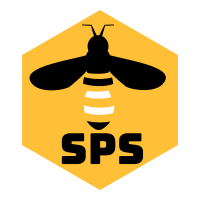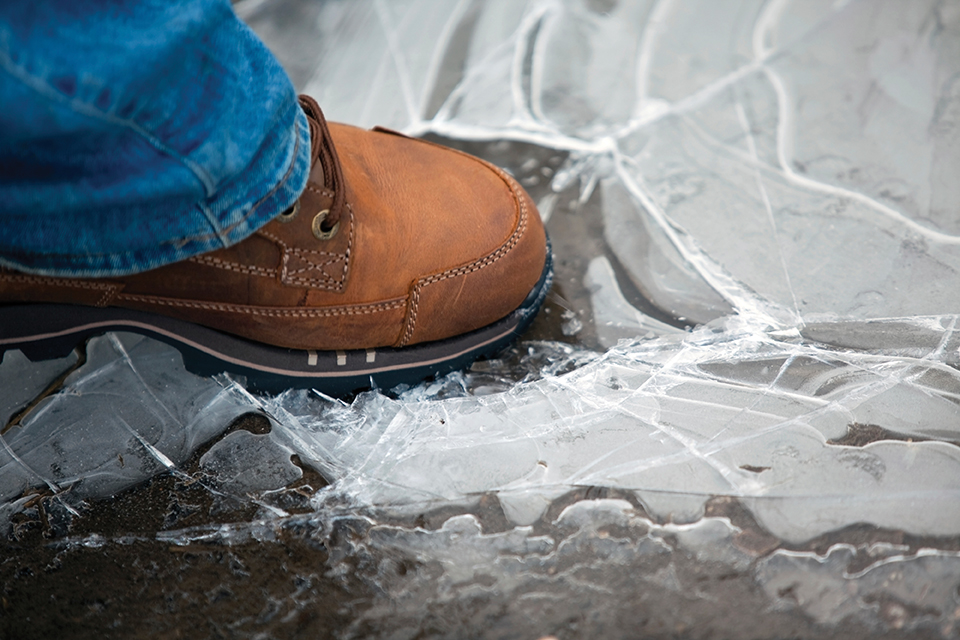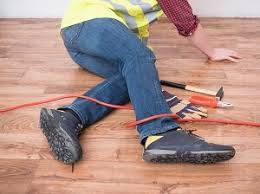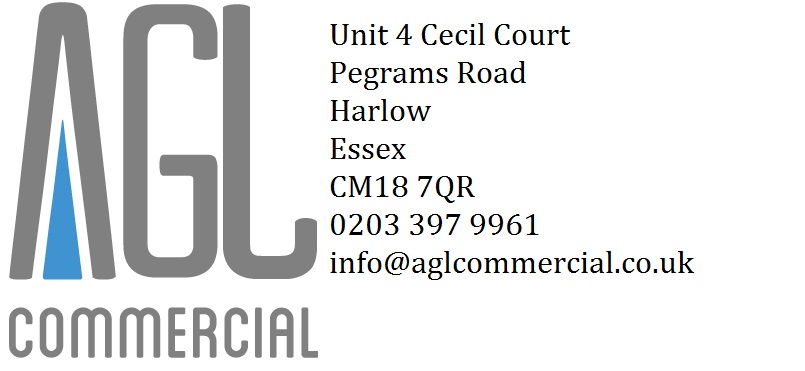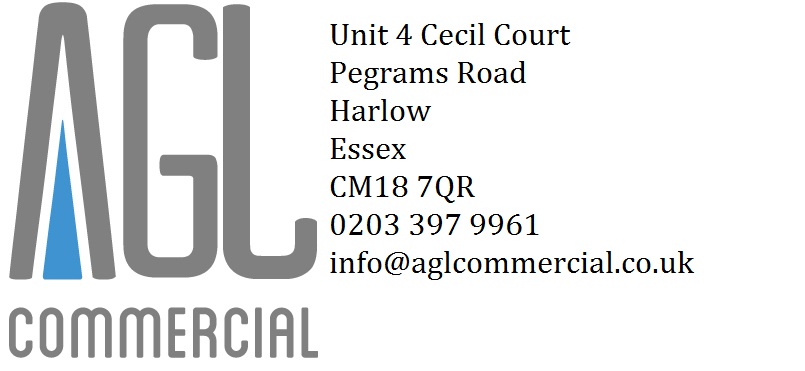Title Page
-
Client / Site
-
Conducted on
-
Prepared by
List hazards on site
-
undefined
Safety Discussion
-
STF Injuries
Sprains and Strains
Bruises
Fractures
Abrasions and Lacerations
Typical Injury Sites
Knee, ankle or foot
Hand, wrist or elbow
Back or shoulder
Hip
Head -
SLIP - too little friction or traction between feet and walking or working surface, resulting in loss of balance.
-
TRIP - Foot or lower leg hits object and upper body continues moving, resulting in loss of balance.
-Stepping down to lower surface and losing balance. -
FALL - occurs when too far off center of balance
Two types:
1. Fall at same level
2. Fall to lower level -
Ways to Prevent Slips, Trips and Falls
1. Where possible, avoid walking on wet/slippery surfaces; wipe off the bottom of wet footwear.
2. Use flashlights or helmet lights to stay clear of holes or floor openings, wet or slippery surfaces, and debris or equipment.
3. Do not step on any surface until you have visually inspected it to ensure there are no holes or weak spots and that it can support workers and their equipment.
4. Never carry equipment or loads in your hands when climbing ladders.
5. Wear backpacks and tool belts to hold equipment and keep both hands free.
6. Use fall protection when walking or performing emergency response activities near unprotected edges of elevated surfaces.
7. Keep workspace and floor clear of obstructions, debris, cables and tools. Ensure housekeeping is of a good standard. Dry any wet floors immediately and clean spillages or barrier off.
Confirmation
-
Signee
-
Full Name and Signature
